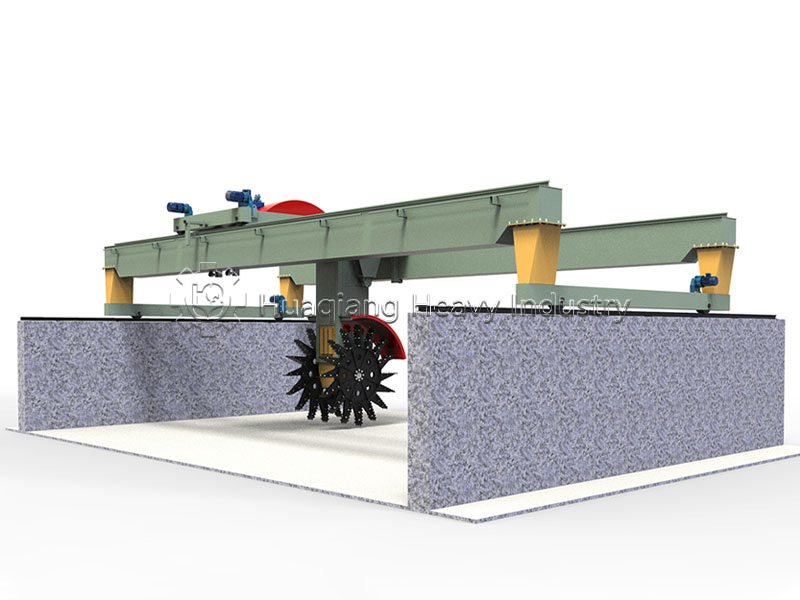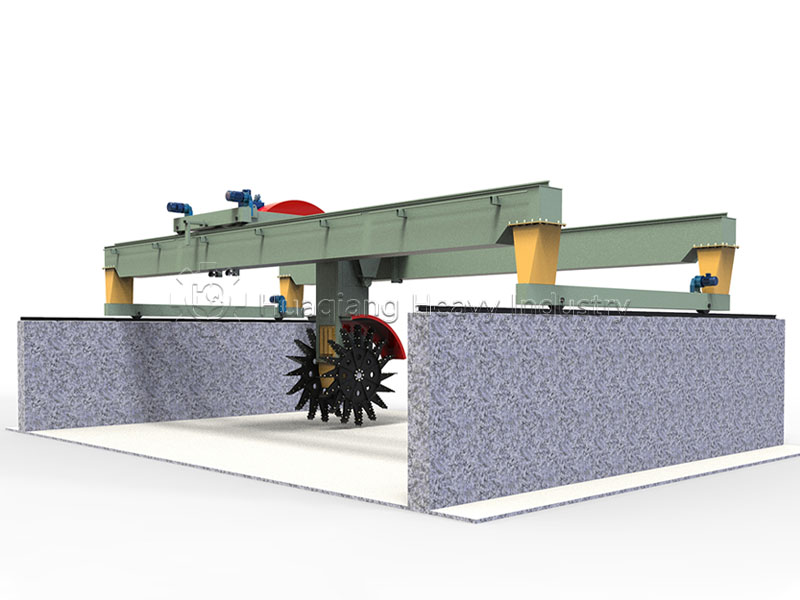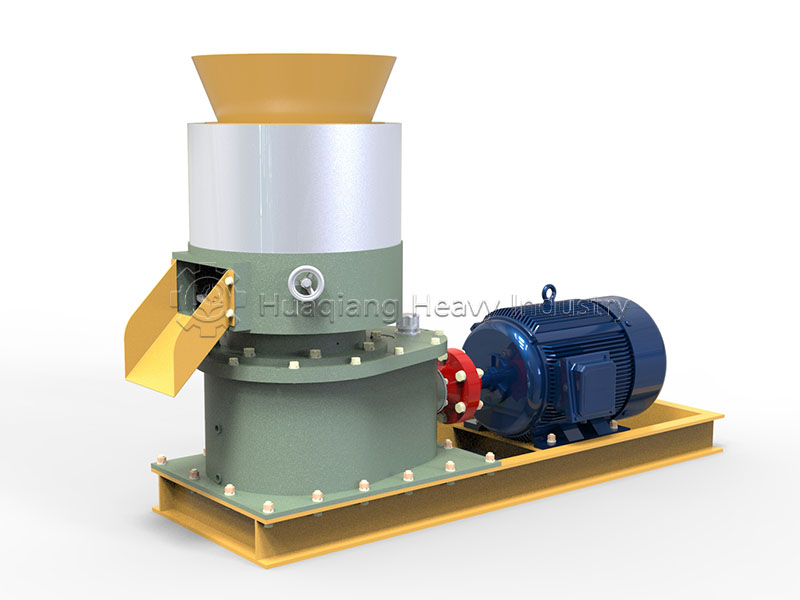Fertilizer Mixing Technology and Taboos Guide

I. Core Challenges of Bulk Fertilizer Mixing
In modern agricultural production, the npk fertilizer manufacturing process faces multiple challenges. Although bulk mixing is efficient, nutrient uniformity is difficult to control. Differences in particle size and density of different fertilizers can easily lead to stratification. Using professional npk blending machine can improve this problem to some extent, but deterioration of physical properties remains a common issue, especially when mixing hygroscopic fertilizers that tend to cake after mixing.
In a complete npk fertilizer production line, the choice of fertilizer mixer machine is crucial. Double spiral mixers and rotary drum mixers can ensure thorough mixing of materials, but operators still need to control mixing time to 10-15 minutes to avoid excessive mixing that may cause particle breakage.
II. Scientific Fertilizer Mixing Process
Successful manufacturing of npk fertilizer requires following strict process procedures. First, determine the formula based on crop needs and soil conditions, then perform raw material pretreatment. In the npk production process, consistency of particle size directly affects the quality of the final product.
Modern npk granulation machine technology is quite mature, but during the mixing stage, bulk blending fertilizer machine plays a key role. Precise batching systems ensure accurate proportions of various nutrients, while efficient mixing equipment guarantees uniform distribution of nutrients.
In the production of compound fertilizers, the inspection process is crucial. Sampling and testing of nutrient and moisture content ensure that the product meets standards. Qualified compound fertilizers should be packaged immediately to prevent moisture absorption and clumping.
III. Safety Taboos in Fertilizer Mixing
During the fertilizer granulation process, certain fertilizer combinations must be avoided. Mixing ammonium nitrogen fertilizers with alkaline fertilizers produces ammonia gas, leading to nitrogen loss. Mixing water-soluble phosphorus fertilizers with calcium and magnesium-containing fertilizers generates insoluble phosphates, reducing phosphorus availability.
Particular attention should be paid to the fact that mixing nitrate fertilizers with organic materials may cause serious safety accidents. When using npk fertilizer machine for mixing, operators must understand these taboos to ensure production safety.
For chlorine-sensitive crops, chlorine-containing fertilizers should be avoided. When processing such specialized fertilizers with npk fertilizer granulator machine, special attention must be paid to the selection and proportion of raw materials to ensure the final product meets the special needs of the crops.
IV. Application of Advanced Mixing Technologies
With the advancement of npk granulation machine technology, modern npk fertilizer production line can better control mixing quality. Improvements in npk bulk blending machine have made nutrient distribution more uniform, while innovative designs of npk fertilizer granulator have improved the physical stability of products.
When selecting npk fertilizer machine, manufacturers should consider the equipment’s mixing efficiency, energy consumption, and maintenance costs. Advanced bulk blending fertilizer machine are usually equipped with automatic control systems that can precisely control mixing time and intensity, ensuring consistent product quality.
V. Best Practice Recommendations
To optimize the npk fertilizer manufacturing process, producers are advised to: first conduct small-scale trials to verify formula feasibility; second, select appropriate types of fertilizer mixer machine; third, establish strict quality control systems; fourth, strengthen operator training; and finally, maintain equipment regularly to ensure the stability of the npk production process.
Through scientific fertilizer granulation methods and strict quality management, problems with bulk mixed fertilizers can be minimized, producing high-quality compound fertilizers that provide reliable nutrient support for modern agriculture.








